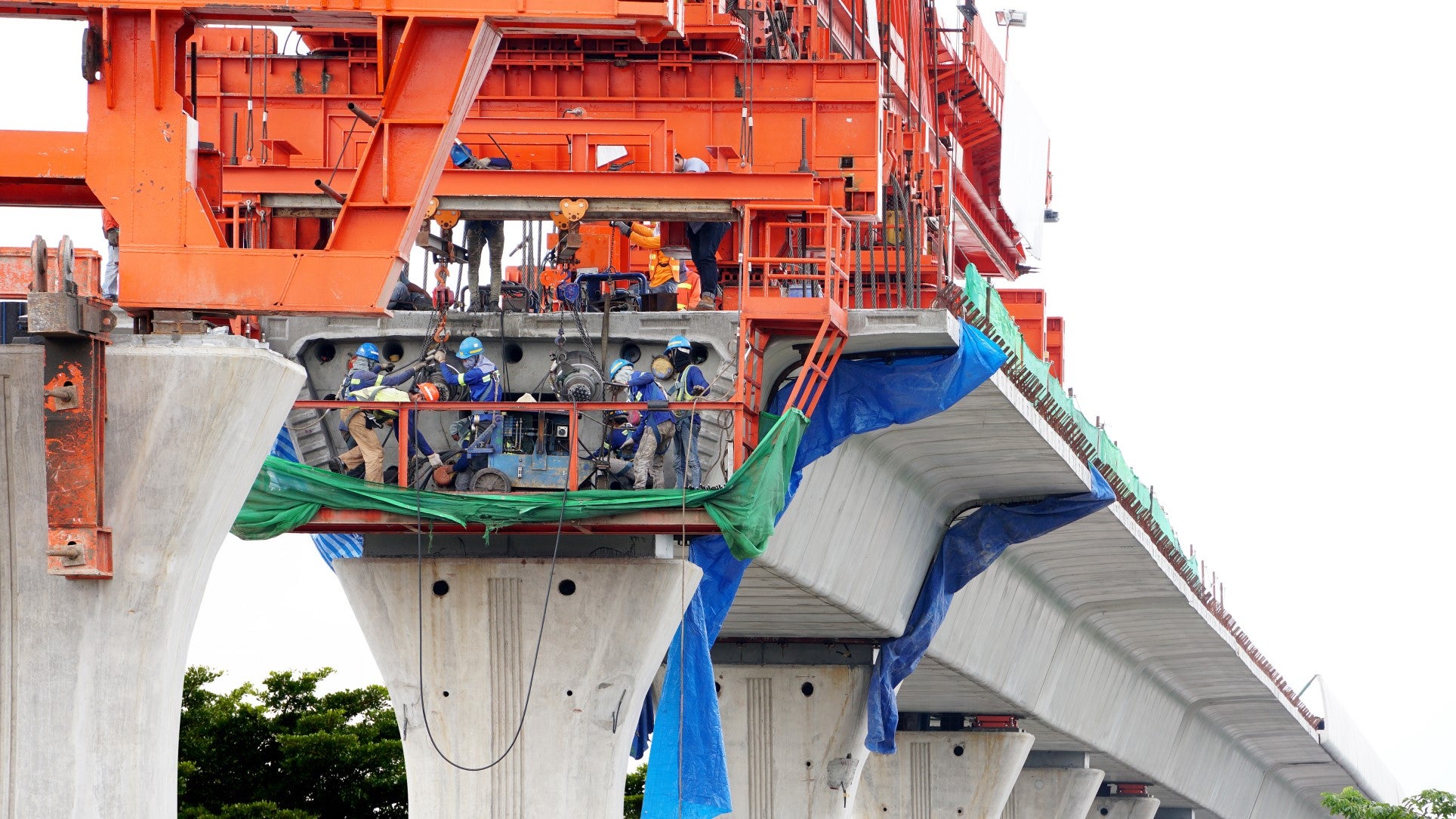How can we boost sustainable infrastructure investments?

The OECD estimates that $6.3 trillion of investment in infrastructure is needed every year between 2016 and 2030 to meet global development needs. An additional $600 billion will make these investments climate compatible, a relatively small increase considering the gains in growth, productivity and well-being. The window for making the right investments is closing fast due to the risk of locking in capital and technology and the shrinking carbon budget.
[clickToTweet tweet="$6.3 trillion of investment in infrastructure is needed yearly to meet global development needs" quote="$6.3 trillion of investment in infrastructure is needed every year between 2016 and 2030 to meet global development needs" theme="style1"]
In Latin America and the Caribbean, the outlook for increasing the participation of private sector investors in the low carbon transition is bright. In 2016, 27 companies including Bancolombia, Philips and Unilever, which have operations across the Pacific Alliance countries of Chile, Colombia, Mexico and Peru, stated their commitment to encouraging greater public-private partnerships to spur interest in building clean and resilient infrastructure.
The low carbon transition is happening faster than expected, providing an additional incentive for investors to invest in the low carbon economy. A report by Imperial College London’s Grantham Institute and Carbon Tracker argues that solar PV (with associated energy storage costs included) could supply 23% of global power generation in 2040, entirely phasing out coal and leaving natural gas with just a 1% market share.
Giving the market for sustainable infrastructure a boost
The report “Crossing the Bridge to Sustainable Infrastructure Investing: Exploring Ways to Make it Across”, developed by the Inter-American Development Bank and Mercer, looks at the emergence of a growing number of initiatives from industry, think tanks and development banks which are focusing on sustainable infrastructure.
The bad news is that current efforts are not significantly changing the behavior of mainstream infrastructure investors. According to the report, a key opportunity is to “influence” investors' mindset to encourage more of them to focus on sustainability within the infrastructure asset class.
The MDBs can also assist in addressing risk-return investment barriers. They can do more to create a transparent pipeline of infrastructure projects in line with low-emission development strategies, which can also serve to win the confidence of investors. Through its NDC Invest platform, the IDB is working with Latin American and Caribbean countries to speed up the development of these pipelines for sustainable infrastructure projects.
A call to action
A set of complementary actions are needed to move aggressively beyond the status quo:
- Convene the conveners: Existing infrastructure investment industry initiatives should harmonize and standardize their approaches to support an accelerated and consistent approach to sustainable infrastructure investment.
- A harmonized framework and principles should focus on common building blocks of sustainability. This can provide a more compelling alternative to “traditional infrastructure” framing and enable comparability for investors.
- Those initiatives that do not include a consideration of sustainable infrastructure should review their mission and objectives. Initiatives focused on sustainable infrastructure should adopt and reinforce the harmonized framework in their materials and the support they offer to the industry.
- Internal Alignment for Success: All actors should explicitly align their organizational strategies to international commitments and structure incentives to deliver on them.
- Investors should adopt disclosure and transparency practices such as the recommendations set out by the Taskforce on Climate-related Financial Disclosures and incorporate sustainable infrastructure considerations into investment and reporting processes.
- External Collaboration for Success: Private and public stakeholders should collaborate, to optimize links in the infrastructure financing cycle—including more coordinated project planning and investment strategies that consider alignment with countries’ commitments under the Paris Agreement.
We hope that these recommendations will inspire action to give sustainable infrastructure investments a much-needed boost which can support growth, and deliver on the Paris Agreement and the Sustainable Development Goals.
LIKE WHAT YOU JUST READ?
Subscribe to our mailing list to stay informed on the latest IDB Invest news, blog posts, upcoming events, and to learn more about specific areas of interest.
Subscribe


